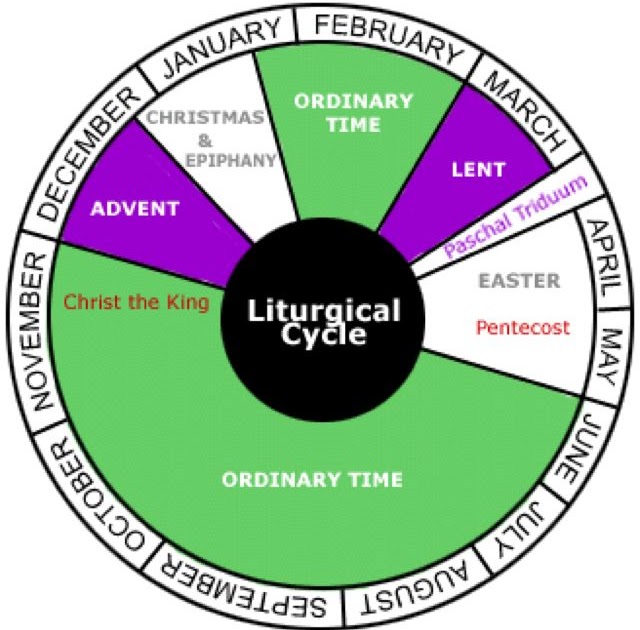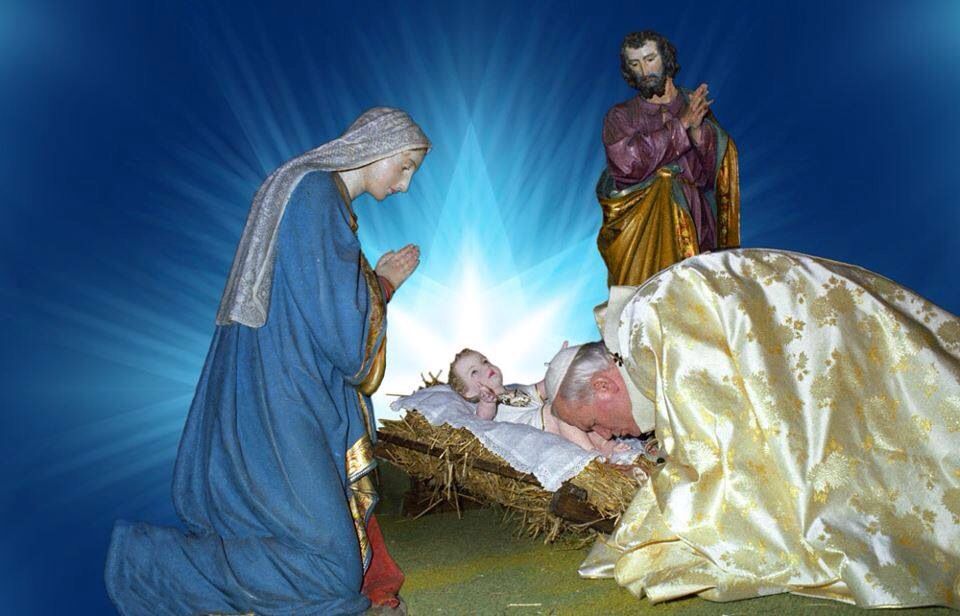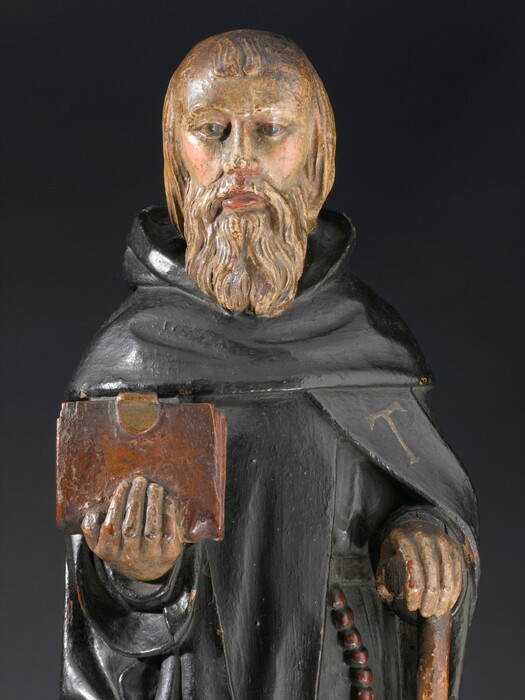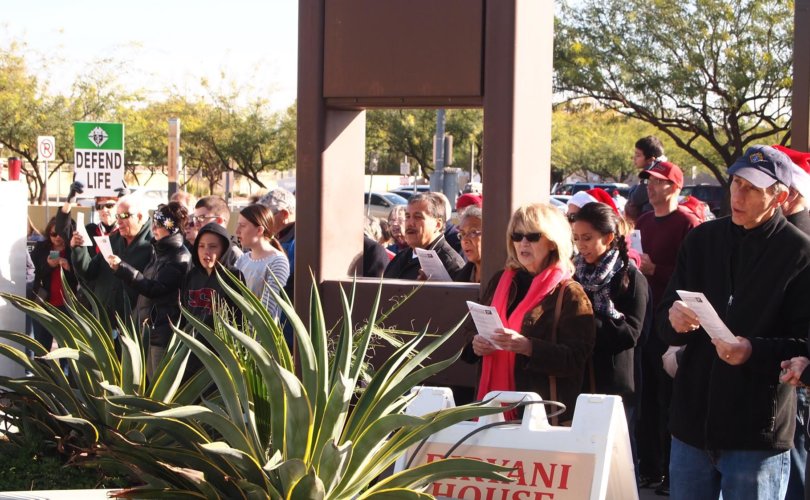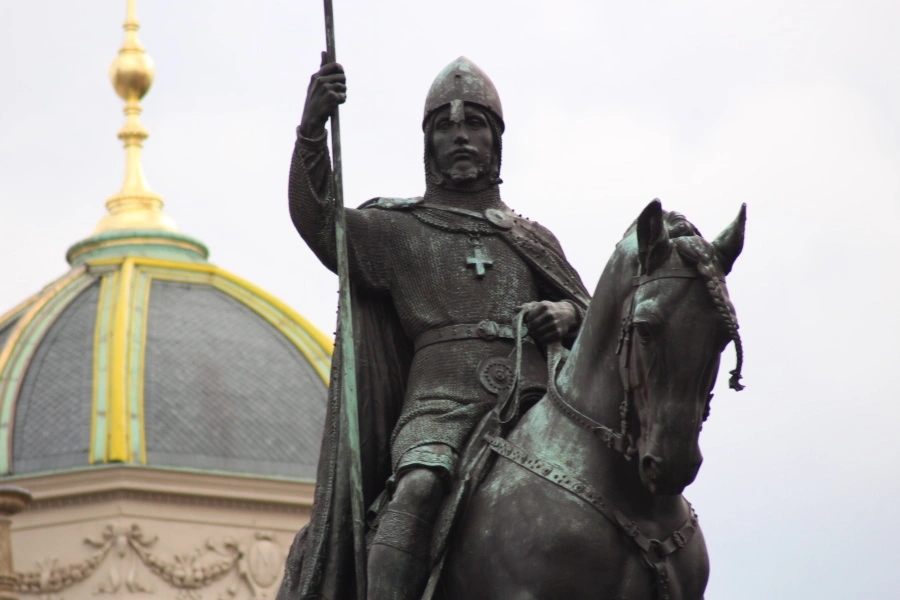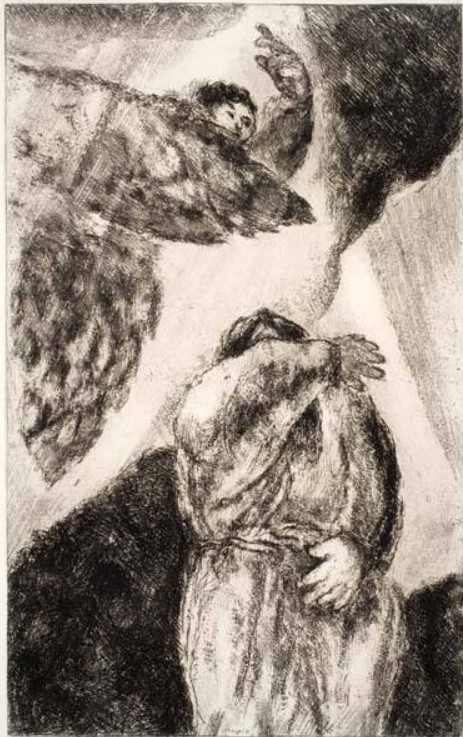Solemnity of Mary, Mother of God, 1 January 2023

Mother of God
You have probably heard the term “The Scandal of the Cross,” Christianity’s shocking claim that the Eternal God Himself was tortured to death in a manner usually reserved for the worst of criminals. That is only one, however, of a whole interconnected collection of Christian truth claims that are almost as shocking and scandalous.
We celebrate one of those other claims today, on the Solemnity of Mary, Mother of God. The title might not sound quite as presumptuous in the original Greek formulation adopted at the Council of Ephesus in 431 A.D., Θεοτόκος (theotokos), literally, “God-bearer”, but it’s still asking a lot of human credulity. That old rascal Napoleon supposedly claimed to find Islam preferable to Christianity because it was “less ridiculous.” That is to say, it relied less on miracles and difficult concepts like the Trinity . . . or Christ’s being, at the same time, a descendant of David and the Son of God. But of course, Napoleon really believed in little other than himself.
We Christians, on the other hand, know that our calling is to conform ourselves to the Truth, not to the impossible task of somehow conforming Divine Truth to ourselves. And so we find that the Divine Motherhood of Mary becomes a source, not of perplexity, but of profound awe and wonder. Along the way we also find ourselves pondering less profound but still compelling questions. For instance, “What is it like for a human mother, even one who is ‘full of Grace’, to bring forth and raise up the Second Person of the Trinity as her child?”
Mary, Did You Know?
That particular question is the focus of the first of the three songs that Hayley Westenra sings in the video below. “Mary Did You Know?”, written by Mark Lowry and Buddy Greene, was first recorded in 1991. In the subsequent thirty years more than 30 different artists have recorded it over a wide variety of genres.
It has also become much beloved of homilists; I first heard of the song fifteen years ago in a Christmas morning homily delivered by our local bishop. The song has also become the object of quite a bit of derision in recent years. I’m not going to bog myself down in that particular debate here, except to point out the following. Mary certainly knew that Jesus was no ordinary son. She had it from an unimpeachable source. But did she really know what lay in store for her?
Luke’s Gospel

Let’s take a look at what the Scriptures tell us. The Angel Gabriel himself had told her:
–
Do not be afraid, Mary, for you have found favor with God. And behold, you will conceive in your womb and bear a son, and you shall call his name Jesus. He will be great, and will be called the Son of the Most High; and the Lord God will give to him the throne of his father David, and he will reign over the house of Jacob for ever; and of his kingdom there will be no end. (Luke, 1:30-33)
–
But how could she possibly know all that being “the Son of the Most High” entailed? Luke’s Gospel itself makes it clear that she did not, as we see in the very next chapter:
–
After three days they found him in the temple, sitting among the teachers, listening to them and asking them questions; and all who heard him were amazed at his understanding and his answers. And when they saw him they were astonished; and his mother said to him, “Son, why have you treated us so? Behold, your father and I have been looking for you anxiously.” And he said to them, “How is it that you sought me? Did you not know that I must be in my Father’s house?” And they did not understand the saying which he spoke to them. (Luke, 2:46-50)
The Awe and Wonder of the Incarnation
In any case, even when we do know intellectually that something will happen, our experience of the actual event can surprise us. And that, I think, is what the song means when it asks, “Mary, did you know?” Did you know what it would really be like? A large part of the song’s appeal is that it captures the awe and wonder of the Incarnation in such a personal way:
Mary, did you know
That your baby boy will give sight to a blind man?
Mary, did you know
Your baby boy will calm a storm with his hand?
Did you know,
That your baby boy has walked where angels trod?
And when you kiss your little baby,
You’ve kissed the face of God.
What mere knowledge could possibly prepare us for that?
Angel Gabriel’s Message & O Holy Night
The second song in the medley is the old Basque carol “The Angel Gabriel’s Message.” This lovely Marian song brings us back to the Annunciation. We know that God gives us the freedom to say “no,” but the refrain “Most highly favored Lady” reminds us that he gives us all the Grace to do his will should we choose to say “yes.” Mary was given the Grace to do something that God had never asked of anyone before her, and would never ask again . . . and so all generations call her “Blessed.”
Finally, “O Holy Night,” one of my favorite Christmas songs. “Holy” means “set aside for God.” What night could be Holier than that on which “Christ was born,” the Night on which the Eternal Word became Flesh and came into our world through the agency of a human mother, a young woman who dared to say “yes” to God?
Solemnity of Mary, Mother of God
Today, the Solemnity of Mary, Mother of God, is a good time to listen to some lovely music and to try to put ourselves in Mary’s place. What did it mean for the Eternal Word to become flesh as a little baby, born of a human mother named Mary? What does it mean to be the Mother of God?
Music for the Christmas Season
In the video below I combined Hayley Westenra’s live recording with images from three magnificent painting by Sandro Botticelli: Madonna of the Book, 1480-1481, The Annunciation, c. 1485–1492, The Mystical Nativity, 1500-1501.
Holy Mother of God, Pray For Us!
Today’s Mass Readings: Solemnity of Mary, Mother of God




